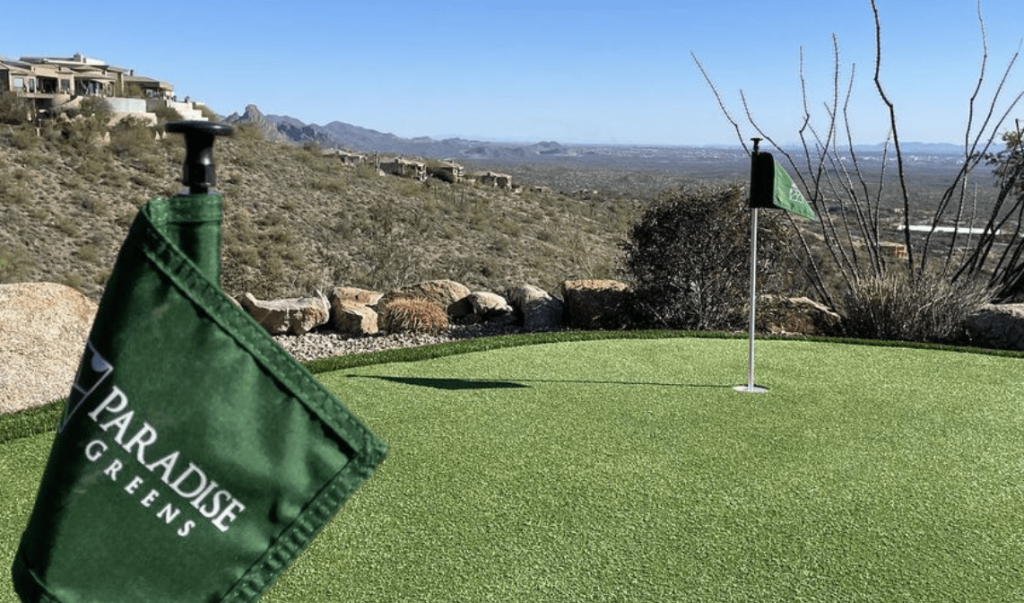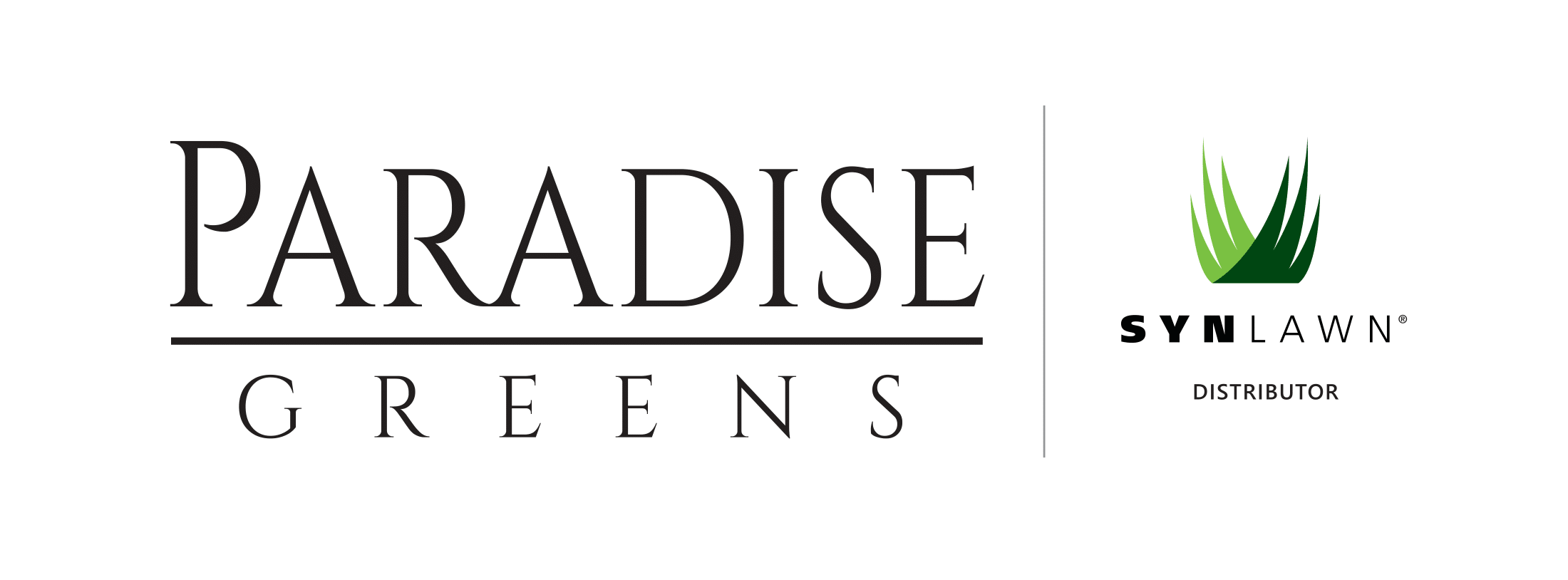
Artificial turf has become increasingly popular in recent years, especially with in sports fields and on playgrounds. But, have you ever wondered “how it’s made”?
To us, the science of it all is pretty interesting… from the materials used, to the technology, and the innovation – it all makes our enjoyment of artificial turf possible.
The Materials
First, let’s talk about the materials used in artificial turf.
The most common material used to make fake grass is polyethylene, a type of plastic that is durable and resistant to UV rays. This makes the “blades of grass” which typically range anywhere from 1-2 inches long and come in various shades of green on the final product.
The backing (a.k.a. The bottom) of the turf is made from a mixture of rubber and sand which provides stability and cushioning to make it safe for athletes and children to play on with low risk of injury.
The Technology
Now, let’s dive into the technology behind artificial turf.
To make the grass blades, manufactures use a process called “extrusion”. Basically, they take the polyethylene and melt it down so they can then force it through a small molded opening to create the shape of a blade of grass.
Then, they make the backing through a process called “tufting” where the blades made from the previous step are stitched into the backing material made from a mixture of rubber and sand. This creates a strong and durable surface that will withstand the test of time and durability.
The Innovation
As the world evolved, so did the development of artificial turf.
First, one of the most significant developments that affected the way turf was made was the use of infill materials – they were added to the backing of the turf in order to provide more cushioning and stability. Infill materials can be made of various materials, including rubber, sand, and even coconut fibers. This made artificial turf safer and more comfortable for athletes and children.
Secondly, in order to prevent the growth of bacteria and other microorganisms, manufacturers started adding antimicrobial technology on to the surface of the turf. This was a big win especially for sports fields where athletes are at risk of contracting infections from cuts and scrapes.
The Fun Facts
Finally, let’s talk about some random facts related to artificial turf – because it’s fun!
1. Artificial turf was first installed in the Houston Astrodome in 1966 as a solution to the stadium’s grass not growing under the dome’s roof.
2. It’s available in various colors, textures, and blade lengths – talk about endless customization!
3. These days, artificial turf is installed with an efficient drainage system that allows rainwater or other liquids to quickly pass through it. This prevents water accumulation and ensures that the surface remains useable even after a heavy rainfall.
4. While commonly associated with sports fields, artificial turf is also used lots of different settings. It can be found in residential lawns, commercial landscapes, playgrounds, rooftop gardens, and even indoor spaces like offices or shopping malls.
5. Artificial turf is very pet-friendly and can be a suitable alternative to natural grass for pet owners. It is resistant to pet waste and easy to clean, reducing the chances of staining or lingering odors.
Artificial turf is no doubt a wonderful invention, especially for those who loath lawn care. Never again do we have to set up an expensive sprinkler system, start the engines of our dusty crusty lawn mowers, or touch a gross pesticide ever again.
All of this is made possible by the advancements in science that led to the creation and continuous improvement of artificial turf.
